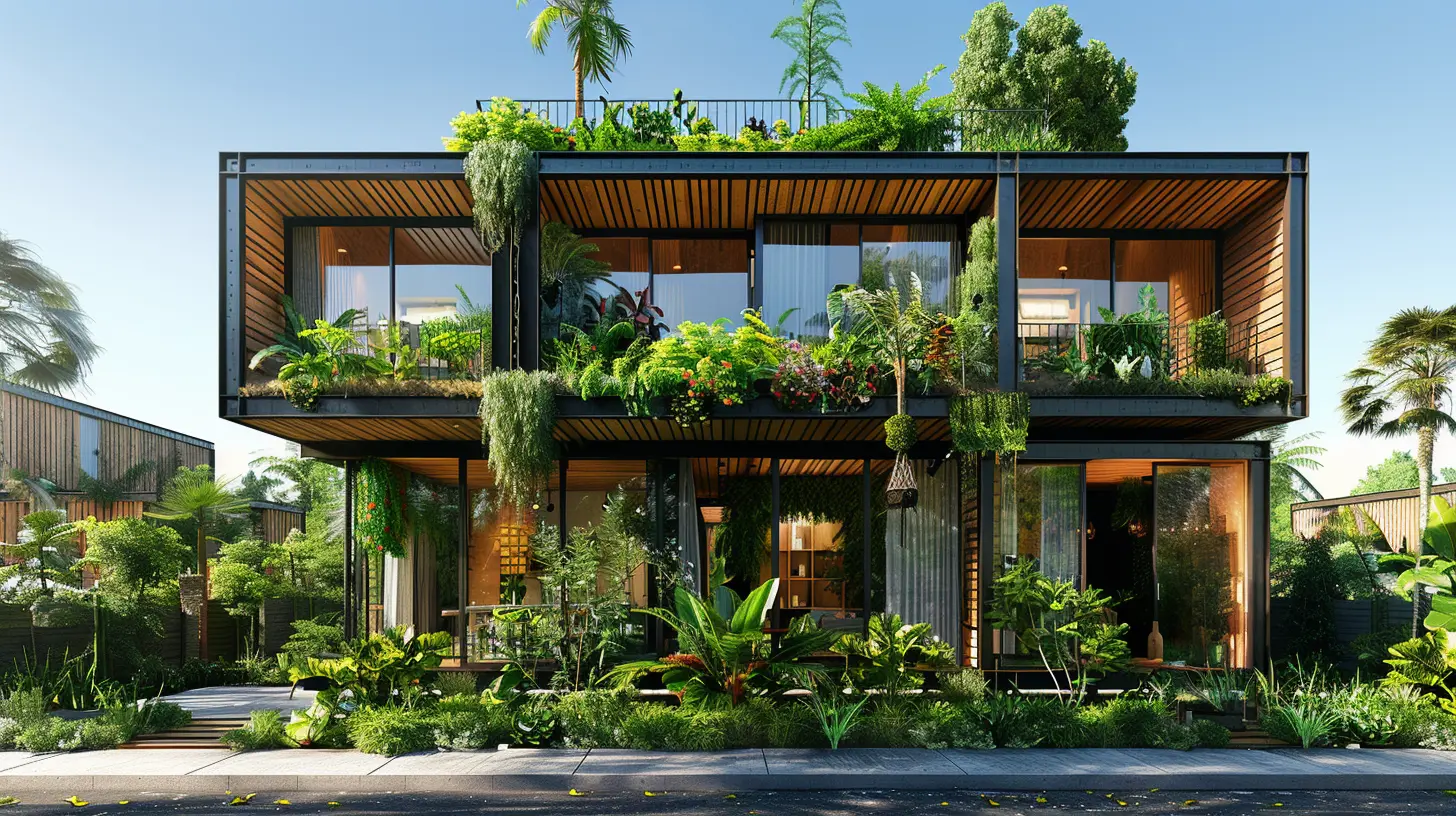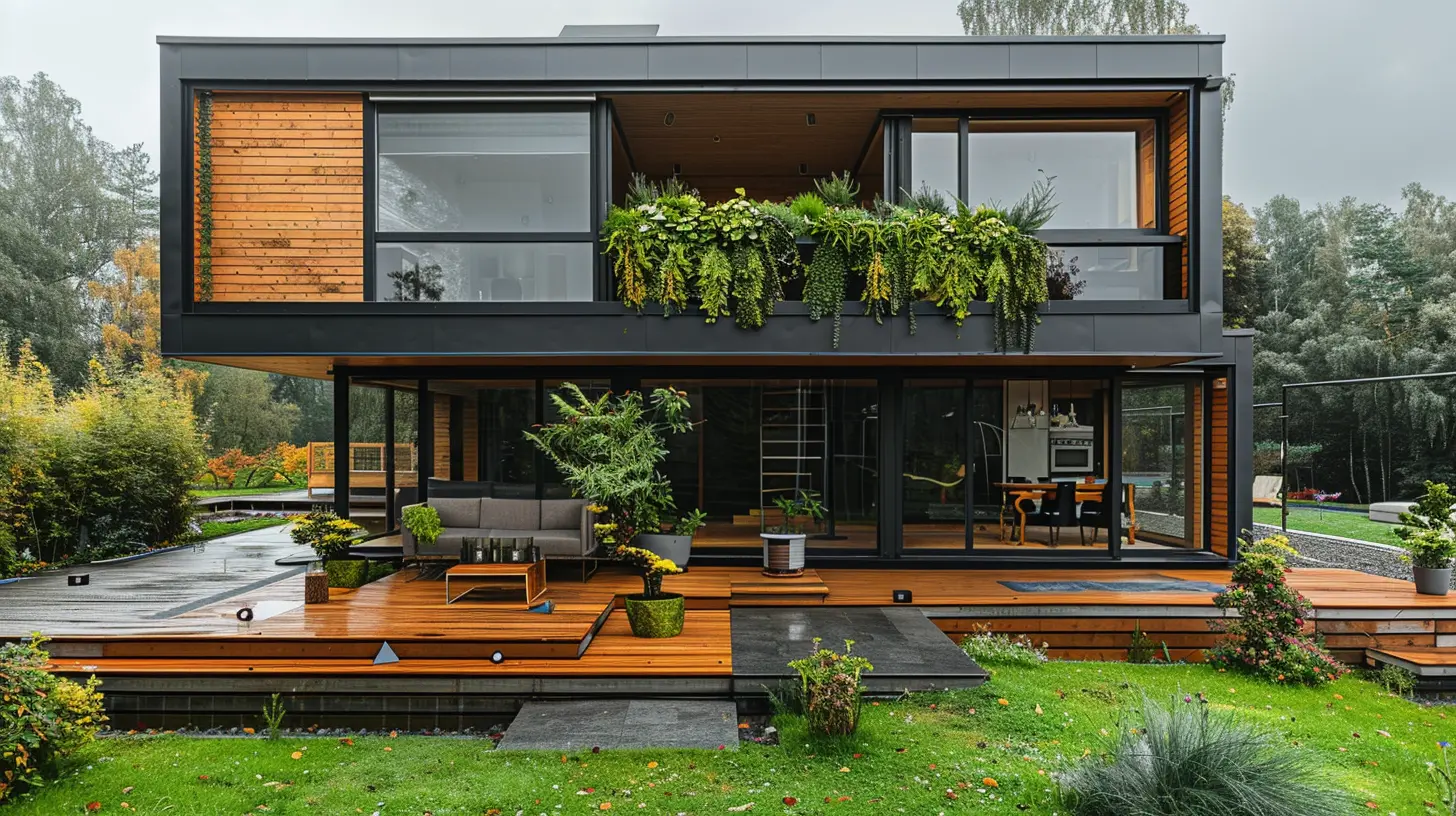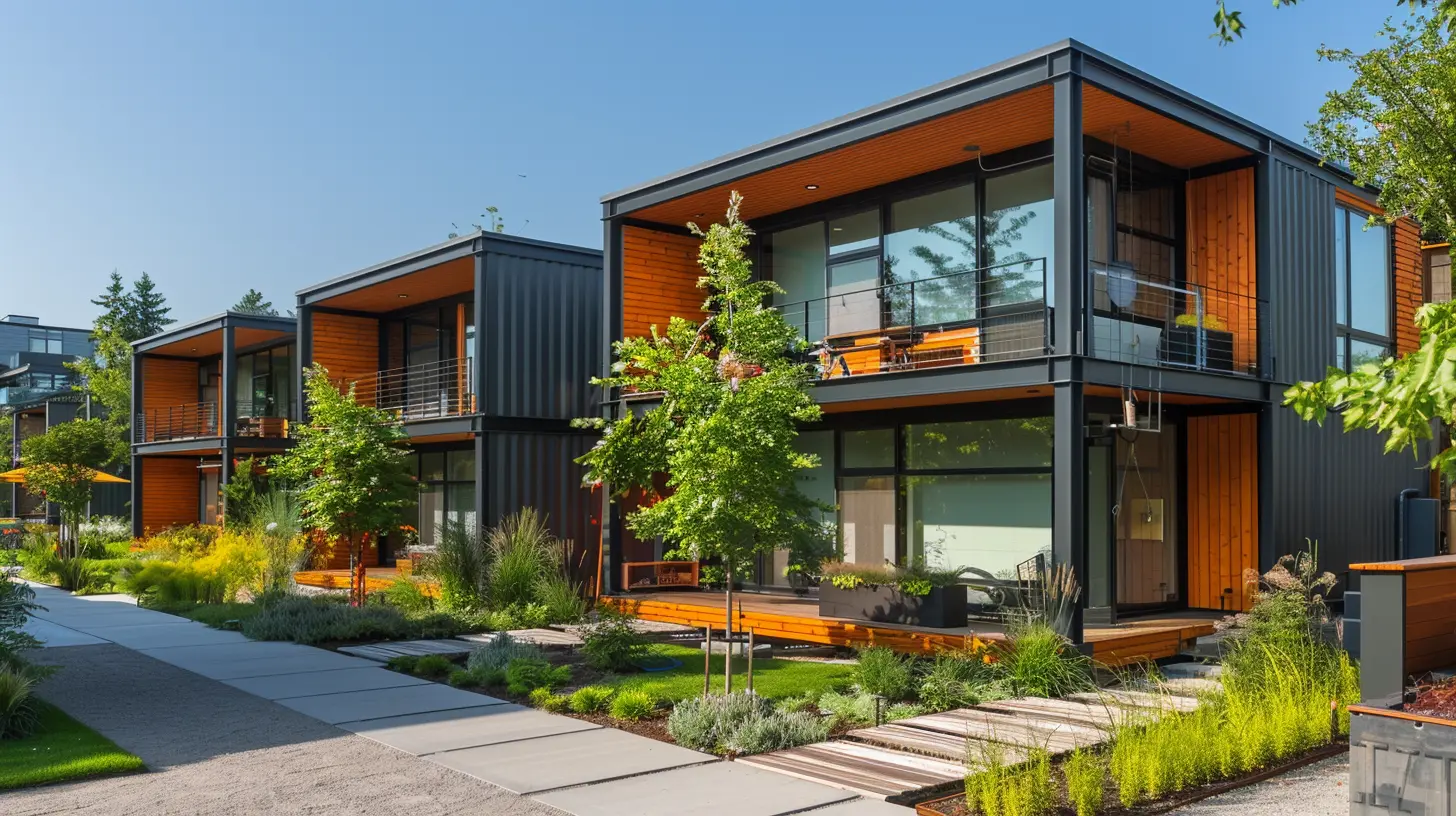The Environmental Impact of Modular Homes
13 June 2025
When it comes to housing, modular homes are reshaping the industry—not just in terms of affordability and convenience but also in environmental sustainability. With climate change and resource conservation being hot topics, it’s time to ask: Are modular homes a greener choice compared to traditional stick-built houses?
In this deep dive, we’ll break down the environmental impact of modular homes and why they might just be the sustainable solution we need.

What Are Modular Homes?
Before we jump into the environmental aspects, let’s define what a modular home is. Unlike traditional homes built on-site, modular homes are constructed in sections (or modules) in a factory setting. These sections are then transported to the desired location and assembled like giant LEGO bricks.Now, you may be thinking—how does building in a factory help the environment? Let’s break it down.

Reduced Construction Waste
Less Material Waste Means Less Environmental Damage
One of the biggest environmental concerns in traditional home construction is the staggering amount of waste generated. Materials like wood, drywall, and concrete are often over-ordered or damaged on-site, leading to unnecessary disposal.Since modular homes are built in a controlled factory environment, materials are used more efficiently. Off-cuts and leftover materials are often recycled and repurposed instead of getting dumped in a landfill. This drastically reduces the total waste produced per home.
In fact, studies show that modular construction can reduce material waste by up to 90% compared to traditional site-built homes. That’s a huge win for the environment!

Lower Carbon Footprint
Fewer Transport Emissions
Think about a traditional home construction site. You’ve got trucks delivering materials every other day, contractors driving back and forth, and construction equipment running for months on end. All of this contributes to higher carbon emissions.With modular homes, construction happens in a single location (the factory), which cuts down on constant transportation needs. Once the modules are built, they’re shipped in one go to the final site. The result? Way less fuel consumption and greenhouse gas emissions.
Energy-Efficient Production Process
Factories that specialize in modular homes often employ energy-efficient techniques, such as optimized heating and cooling systems, precision cutting to reduce waste, and even on-site renewable energy sources.Building in a controlled setting also prevents slowdowns due to bad weather, meaning fewer resources are wasted waiting for conditions to improve.

Improved Energy Efficiency in Modular Homes
Tighter Seals and Better Insulation
One of the biggest contributors to energy wastage in homes is poor insulation. Traditional homes often have inconsistencies in insulation due to on-site construction variables. Modular homes, on the other hand, are built with precision, ensuring a tighter seal around doors, windows, and walls.This makes modular homes much more energy-efficient, requiring less heating and cooling to maintain a comfortable indoor temperature. Less energy use equals a lower carbon footprint!
Solar Panels and Sustainable Energy Options
Many modular homes are designed with sustainability in mind, often incorporating:- Solar panels to harness renewable energy
- Energy-efficient windows to reduce heat loss
- Smart home technology to optimize electricity and heat use
These features not only lower utility bills but also reduce reliance on fossil fuels.
Sustainable Building Materials
Another major advantage of modular homes is the ability to incorporate eco-friendly building materials. Many modular home manufacturers prioritize sustainable materials such as:- Reclaimed wood – Reduces deforestation
- Recycled steel – Cuts down on mining and waste
- Bamboo flooring – A highly renewable resource
- Low-VOC paints and finishes – Reducing indoor air pollution and improving air quality
By using these environmentally friendly materials, modular homes significantly reduce ecological damage.
Land and Site Disturbance
Minimal Site Impact
Traditional construction sites are often chaotic—bulldozers, piles of materials, and excavation can wreak havoc on the surrounding environment. Soil erosion, vegetation loss, and water runoff are common consequences of on-site building.Because modular homes are largely built off-site, the impact on the actual land is minimal. Once the modules arrive, they are assembled quickly, reducing prolonged disruption to the local ecosystem.
Better Adaptability to Off-Grid Living
If you’ve ever dreamt of living off-grid—away from the hustle and bustle of city life—modular homes could be the perfect solution. With their ability to be customized for off-grid energy solutions, such as solar panels and rainwater collection systems, they offer a sustainable way to live with minimal impact on nature.Longevity and Durability
Built to Last, Less Frequent Replacements
A poorly built home requires constant repairs and even early replacement—both of which contribute to more material waste and resource consumption. Modular homes, however, are designed for durability.Because they need to withstand transportation and assembly, modular homes are often built stronger than traditional homes. This means fewer repairs, a longer lifespan, and an overall lower environmental impact over time.
Addressing the Skeptics: Are Modular Homes Really Sustainable?
Of course, there are critics who argue that modular homes still have an environmental impact—they require transportation, they use energy during production, and they rely on materials like concrete and metal.But here’s the key point: compared to traditional construction methods, modular homes still come out on top in terms of sustainability. The reduction in material waste, energy efficiency, and minimal land disturbance make a strong case for modular construction being a greener alternative.
And as technology advances, expect modular homes to become even greener, with biodegradable materials, net-zero energy designs, and fully recyclable components becoming industry standards.
The Future of Sustainable Housing
Looking ahead, modular homes are set to play a massive role in sustainable housing trends. With increasing demand for eco-friendly living spaces and stricter building regulations, developers are investing in greener building techniques.We’re already seeing the rise of net-zero modular homes, which generate as much energy as they consume, further pushing the boundaries of sustainability.
Conclusion
So, are modular homes good for the environment? Absolutely! From reducing waste and carbon emissions to improving energy efficiency and durability, they offer a smart and sustainable alternative to traditional home construction.If you’re considering a new home and care about reducing your environmental footprint, a modular home could be the perfect fit. The housing market is evolving, and sustainable, efficient modular homes are at the forefront of this transformation.
all images in this post were generated using AI tools
Category:
Sustainable HousingAuthor:

Cynthia Wilkins
Discussion
rate this article
2 comments
Lyanna McGinn
Modular homes offer a sustainable solution by reducing waste and energy consumption, making them an eco-friendly choice in modern construction.
June 22, 2025 at 11:40 AM

Cynthia Wilkins
Thank you for highlighting the eco-friendly benefits of modular homes! Their efficiency in reducing waste and energy consumption indeed makes them a promising choice for sustainable construction.
Iliana Wolf
Modular homes present a promising alternative to traditional construction, offering reduced waste and quicker assembly times. However, their environmental benefits depend significantly on sustainable materials and energy-efficient designs, highlighting the need for careful planning and innovation.
June 17, 2025 at 11:41 AM

Cynthia Wilkins
Thank you for your insightful comment! You're right—while modular homes offer great potential for sustainability, their overall impact hinges on the use of eco-friendly materials and innovative design choices. Careful planning is essential for maximizing their benefits.


